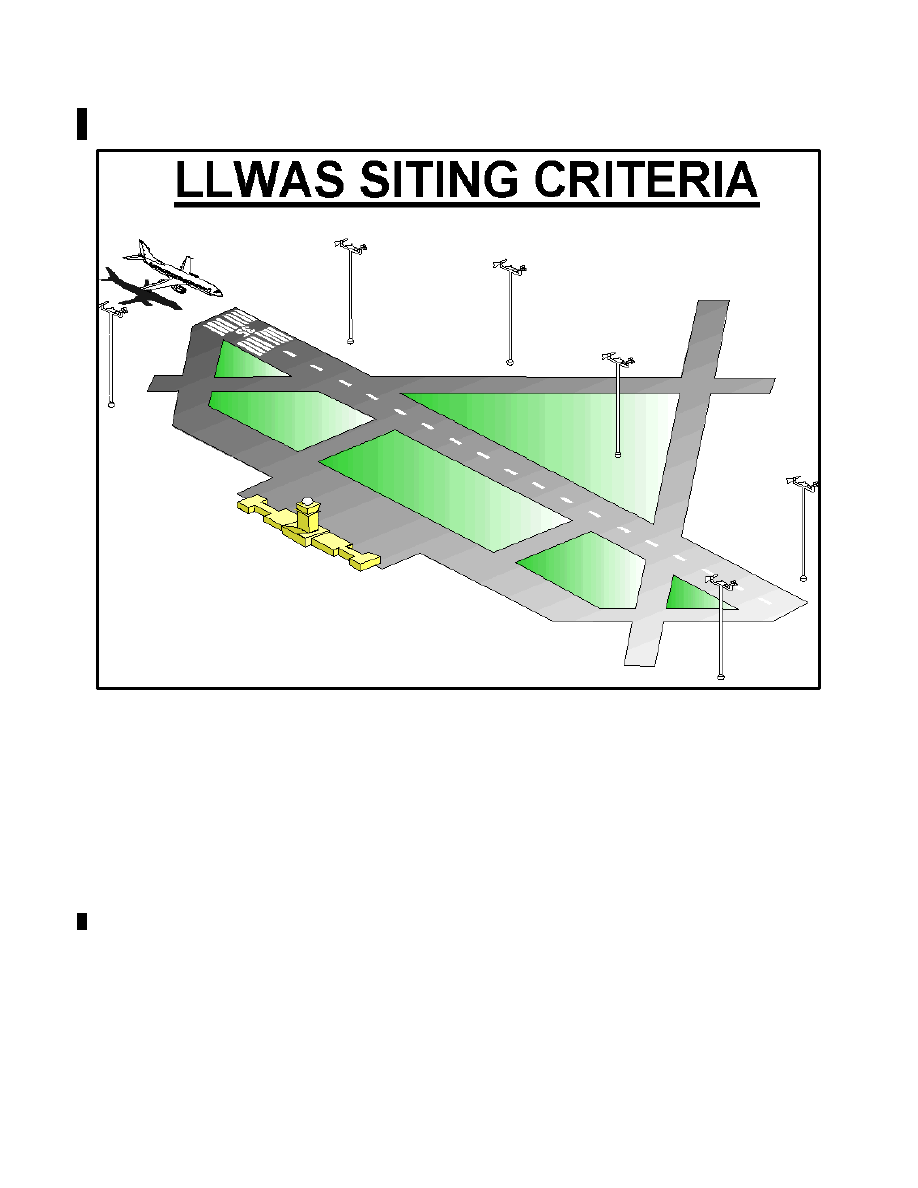
AIM
4/20/23
FIG 7
−
1
−
16
LLWAS Siting Criteria
(c)
The early detection of a wind shear/micro
−
burst event, and the subsequent warning(s) issued to an
aircraft on approach or departure, will alert the pilot/crew to the potential of, and to be prepared for, a situation
that could become very dangerous! Without these warnings, the aircraft may NOT be able to climb out of, or
safely transition, the event, resulting in a catastrophe. The air carriers, working with the FAA, have developed
specialized training programs using their simulators to train and prepare their pilots on the demanding aircraft
procedures required to escape these very dangerous wind shear and/or microburst encounters.
2. Low Level Wind Shear Alert System (LLWAS).
(a)
The LLWAS provides wind data and software processes to detect the presence of hazardous wind
shear and microbursts in the vicinity of an airport. Wind sensors, mounted on poles sometimes as high as 150
feet, are (ideally) located 2,000
−
3,500 feet, but not more than 5,000 feet, from the centerline of the runway. (See
16.)
7
−
1
−
54
Meteorology